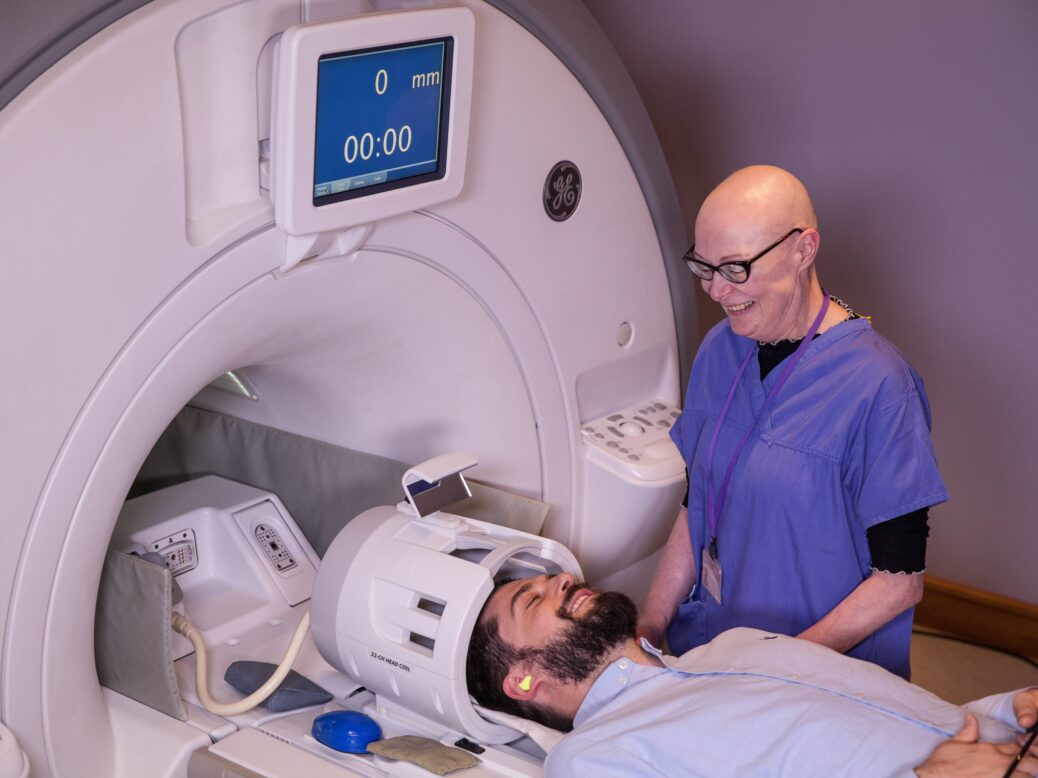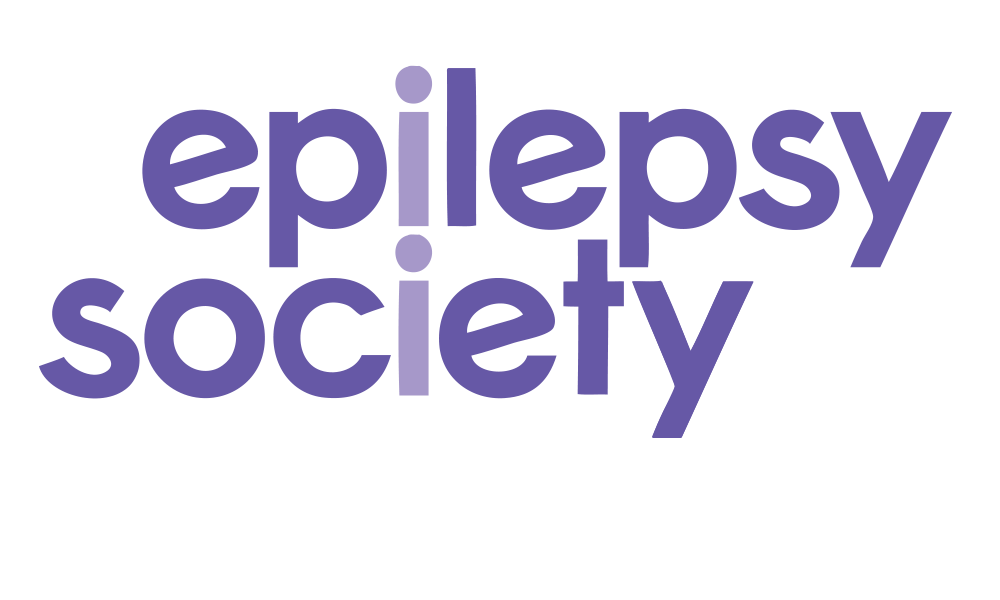
Charity has always begun at home, but today we rely more heavily than ever on old cardigans and jackets to play their part in funding scientific discovery, hopefully leading to medical breakthroughs.
In 2019, charities in the UK funded £1.9bn in research and development. That was the equivalent of the combined efforts of the Medical Research Council and the National Institute for Health and Care Research.

